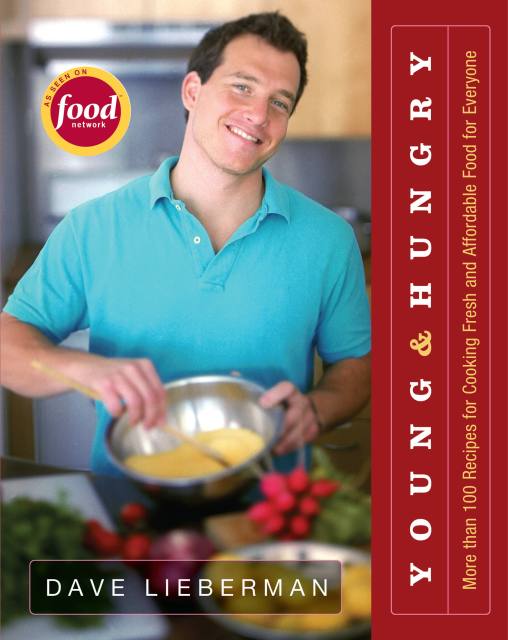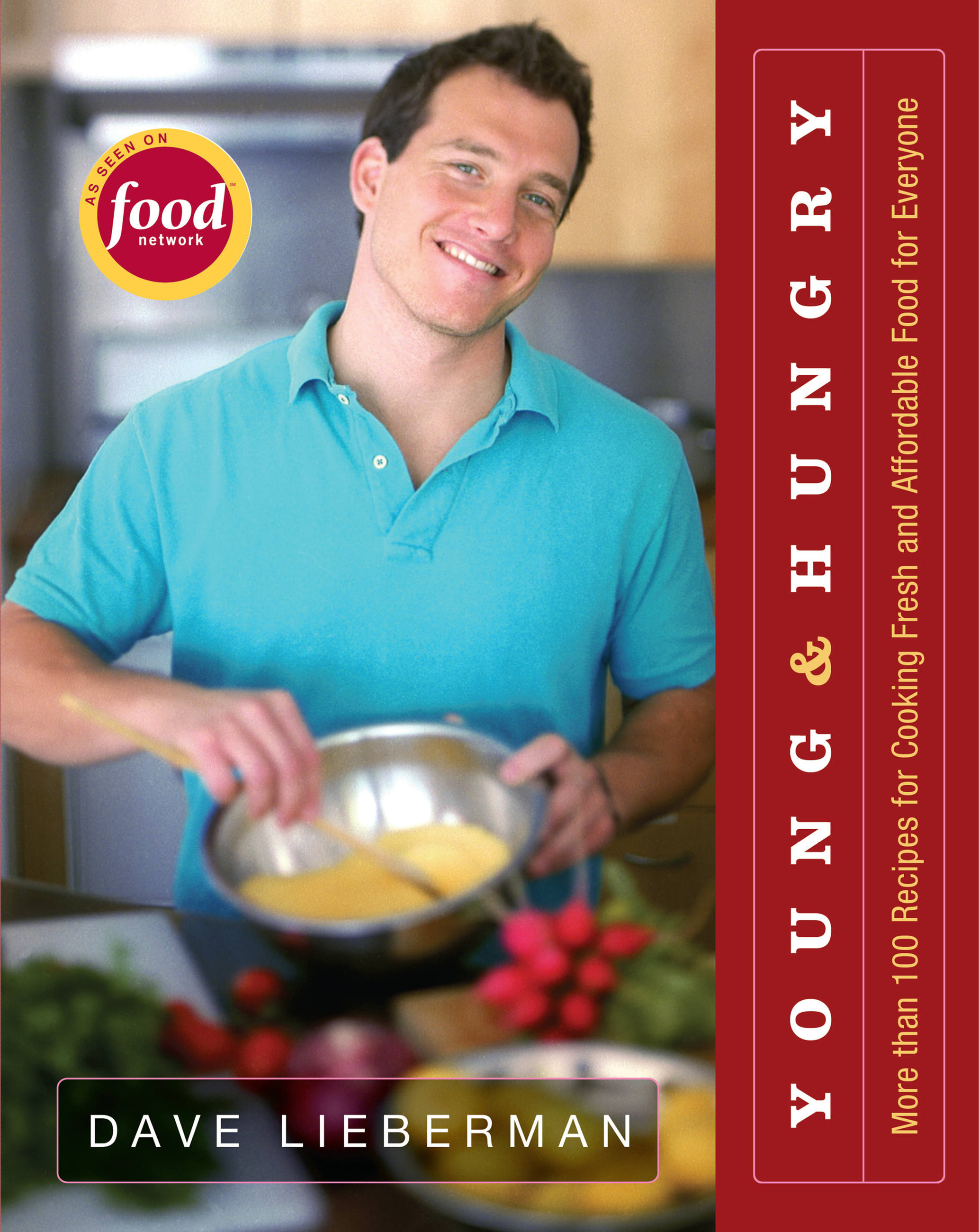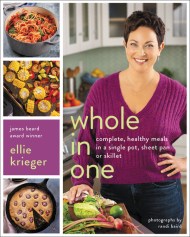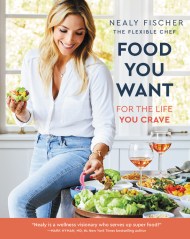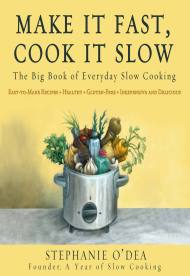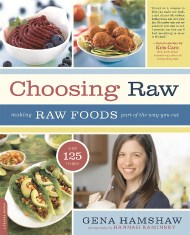Promotion
Use code MOM24 for 20% off site wide + free shipping over $45
Young & Hungry
More Than 100 Recipes for Cooking Fresh and Affordable Food for Everyone
Contributors
Formats and Prices
Price
$12.99Price
$16.99 CADFormat
Format:
- ebook $12.99 $16.99 CAD
- Trade Paperback $22.95 $29.95 CAD
This item is a preorder. Your payment method will be charged immediately, and the product is expected to ship on or around June 25, 2013. This date is subject to change due to shipping delays beyond our control.
Also available from:
Everybody wants to know what’s for dinner — from the people eating it to the person cooking it. Dave’s got answers to that question for every night of the week — and every kind of party you might want to throw. From romantic dinners for two, to the casual sit-down for four or more, to the party buffet for the crowd you’ve been meaning to gather, Dave’s recipes are easy, original, and no-fail crowd-pleasers. He knows that no one wants to buy a dozen ingredients for one recipe, so he focuses on making the most of everything you use. With Dave’s meals, prices are reasonable, waste is nonexistent, and food is glorious.
Dave’s American cuisine has something for everyone–fresh and easy salads, soups, and starters; main courses such as Potato-Chip-Crusted Salmon and fragrant Beef Stew; side dishes such as Asian-Style Slaw and Basil-Chive Red Potato Mash; and desserts like Raspberry Cream Parfait and wicked and wonderful things with chocolate. Mix in recipes and advice for throwing an amazing brunch, an indoor tailgate party, and the best happy hour anyone can imagine, and you’ll find yourself, as Dave did, with friends who love being around you and your fresh, original, and delicious meals.
Genre:
- On Sale
- Jun 25, 2013
- Page Count
- 272 pages
- Publisher
- Hachette Books
- ISBN-13
- 9781401306052
Newsletter Signup
By clicking ‘Sign Up,’ I acknowledge that I have read and agree to Hachette Book Group’s Privacy Policy and Terms of Use
